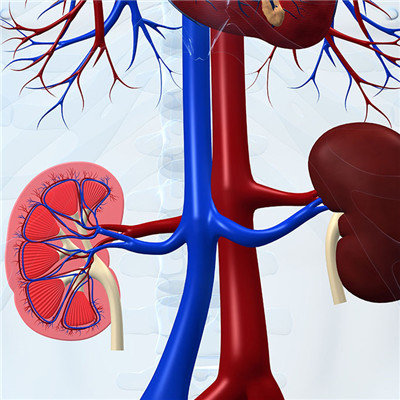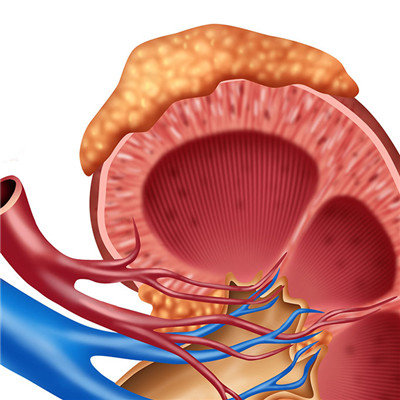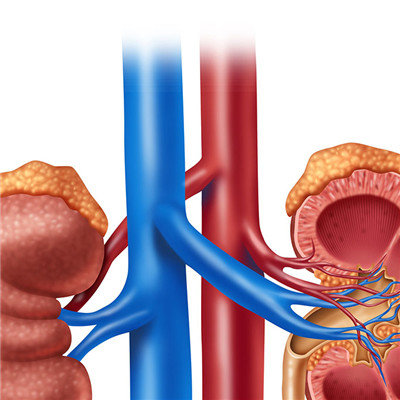Common causes of acute tubular necrosis?
summary
The main causes of acute tubular necrosis are traditionally divided into acute renal ischemia and acute renal toxicity. However, intravascular hemolysis and some infections are not uncommon. Sometimes renal ischemia and nephrotoxicity may exist simultaneously. Common causes of acute tubular necrosis? Now let me tell you something.
Common causes of acute tubular necrosis?
The incidence rate of renal toxicity is increasing, accounting for 11% of the incidence rate of total renal failure and 17.1% of acute renal failure caused by internal medicine. The common drugs causing ATN are aminoglycoside antibiotics, such as gentamicin, kanamycin and amikacin, polymyxin B, tobramycin, sulfonamides, amphotericin, cyclosporin A and cisplatin.

Biotoxins include herring gall, snake bite, mushroom, bee venom, etc. This kind of toxin poisoning is often easy to cause multiple organ failure, often at the same time damage lung, kidney, liver and heart function, should pay attention to maintain the main organ function in emergency.

Infectious diseases such as epidemic hemorrhagic fever and leptospirosis cause ATN. The incidence rate of hemorrhagic fever is the most common, accounting for 18.6% of the total incidence of acute renal failure and 29% of the internal causes. The pathological basis of hemorrhagic fever is hemorrhagic damage of small blood vessels in the whole body. The mortality of severe cases is very high. Early diagnosis and dialysis treatment should be emphasized.

matters needing attention
Different etiology and different types of renal tubular pathological damage may have their common initiation mechanism and sustainable development factors, and each theory is interrelated and staggered. At present, the in-depth understanding of the pathogenesis of ATN has a positive guiding significance for early prevention and treatment.















